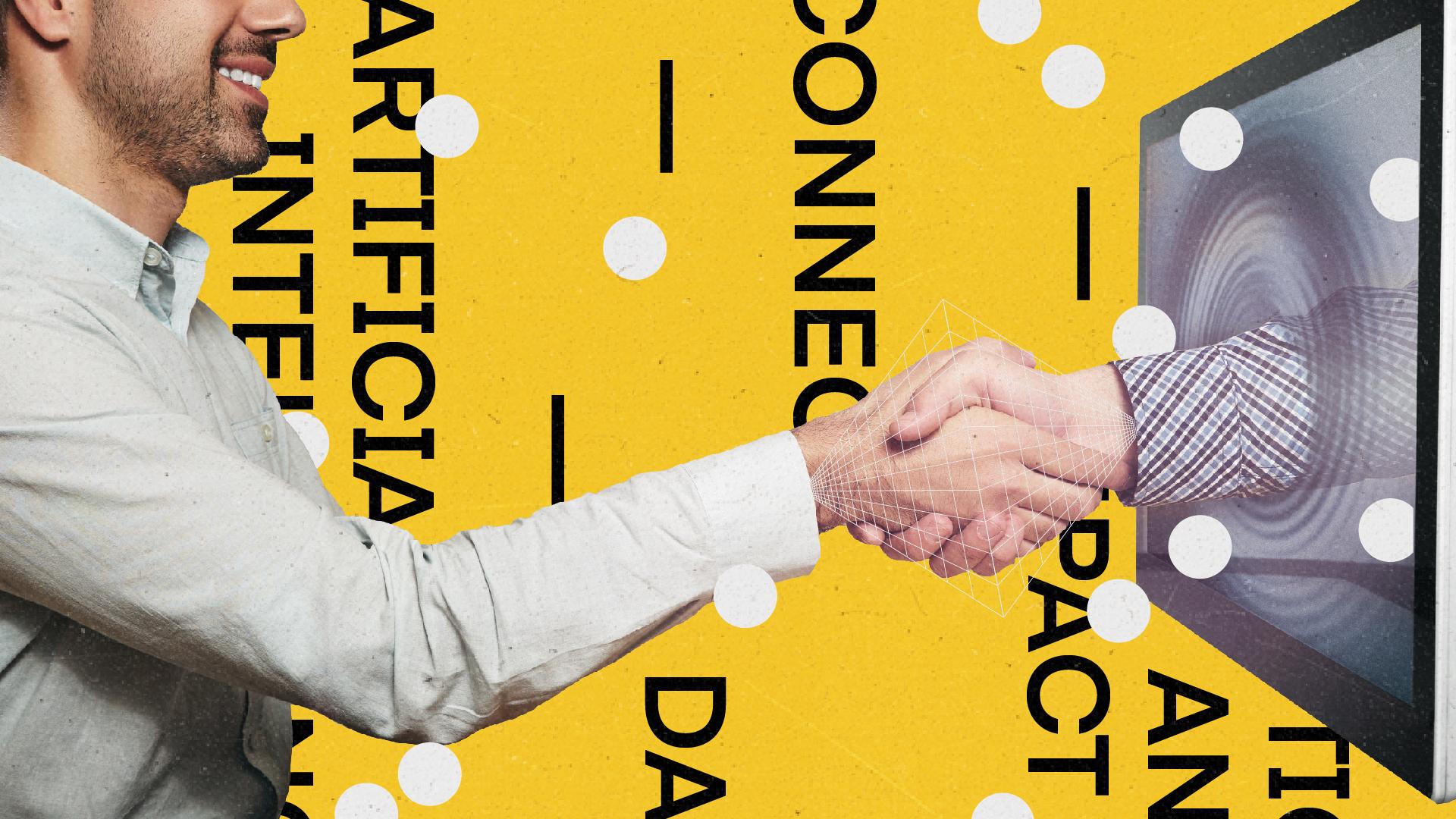How media buyers are pioneering the application of AI in advertising

Machine learning behind the wheel is driving results
As a media buyer for Wpromote, a digital marketing agency focused on emerging brands and enterprise clients, Skyler McGill has a bird’s eye view of the changing landscape of digital media. An associate director on the programmatic team, McGill specializes in emerging media formats, helping clients looking to navigate new channels — outside of social, paid and search environments and traditional formats like linear TV.
“We’re able to present opportunities in connected TV, reaching people in the digital space where there’s been a huge convergence,” McGill tells The Current. “We’re tapping into a whole new environment and market for our clients looking to reach new customers.”
Just as interesting, however, is the role that McGill and many other pioneering programmatic media buyers are playing in advancing the application of AI in advertising. While many companies and industries are struggling to capitalize on the value of AI, digital advertising appears to be one industry that has embraced it. As a growing percentage of the global advertising market digitizes, and as more of that digital inventory is traded programmatically, the role of AI as a valuable assistant to the strategic trader is becoming clearer.
McGill uses The Trade Desk’s new trading platform Solimar, which launched earlier this month, to help marketers optimize their digital campaigns across the open internet. When it comes to finding new audiences, McGill says leaning on algorithmic learning driven by Koa — The Trade Desk’s advanced AI tool — is a gamechanger. “Layering on first-party data that’s available in Solimar has been a really big component for our clients,” he adds.
In effect, this data-driven engine allows for a degree of synchrony between human and machine. “We’re able to have machine learning behind the wheel in a sense as the co-pilot, which allows us quicker decision-making for the clients,” he says. McGill says using Koa allows a trader to find “untapped third-party audiences” that haven’t necessarily been leveraged in the past, “that might not fit the exact demographic of our target customer, but we know we should lean into this because Koa is telling us that there’s a lot of data behind the recommendation.”
McGill’s comments echo the insight expressed by Jeff Green, the CEO and founder of The Trade Desk, during the Solimar launch. “Human beings are better at creating hypotheses and using intuition,” Green said. “Machines are typically better at running math. And so why not get the best out of both? What we found is that we're often asking you to make decisions that we don't need to. If we have statistical significance, if we're extremely confident in the numbers, we can make that decision on your behalf.”
Using data-driven machine learning to optimize ongoing campaigns allows a trader to streamline campaigns, McGill says. It frees up a lot of time, he says, and allows him to strategize with clients around new business objectives. “We’ve seen a lot of success being able to layer on automated bidding to formats like connected TV and audio that weren’t available for our clients before,” he says.
And when it comes to measurement and attribution, such data-driven results provide a media buyer like McGill a solid platform on which to prove out the success of a campaign. “My team and I feel extremely confident anytime we’re in those upper executive-level conversations, whether we’re meeting with our clients or new brands. We walk them through the educational piece of the offering, where we explain the technology that allows them to unlock a lot of opportunities.”